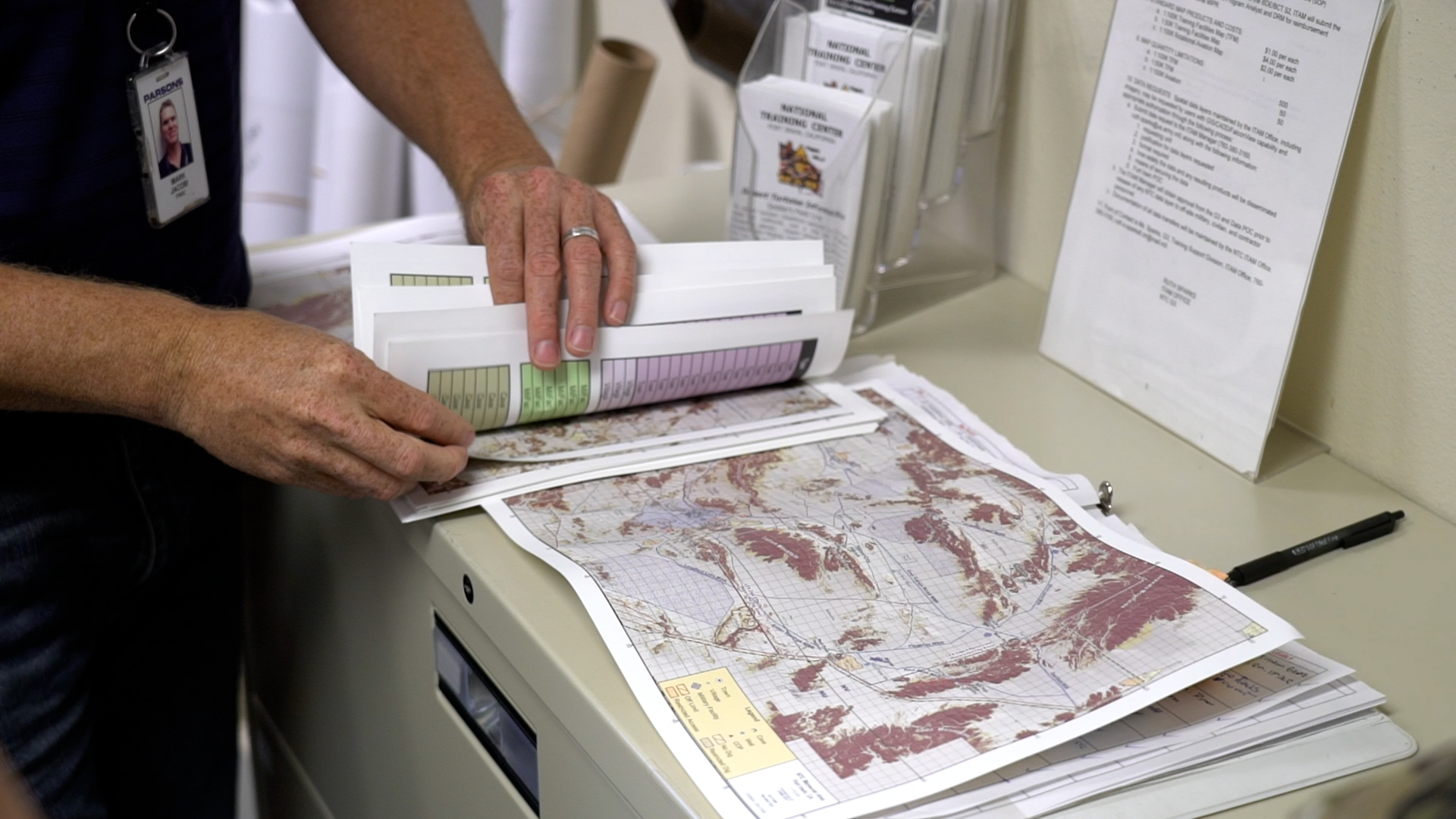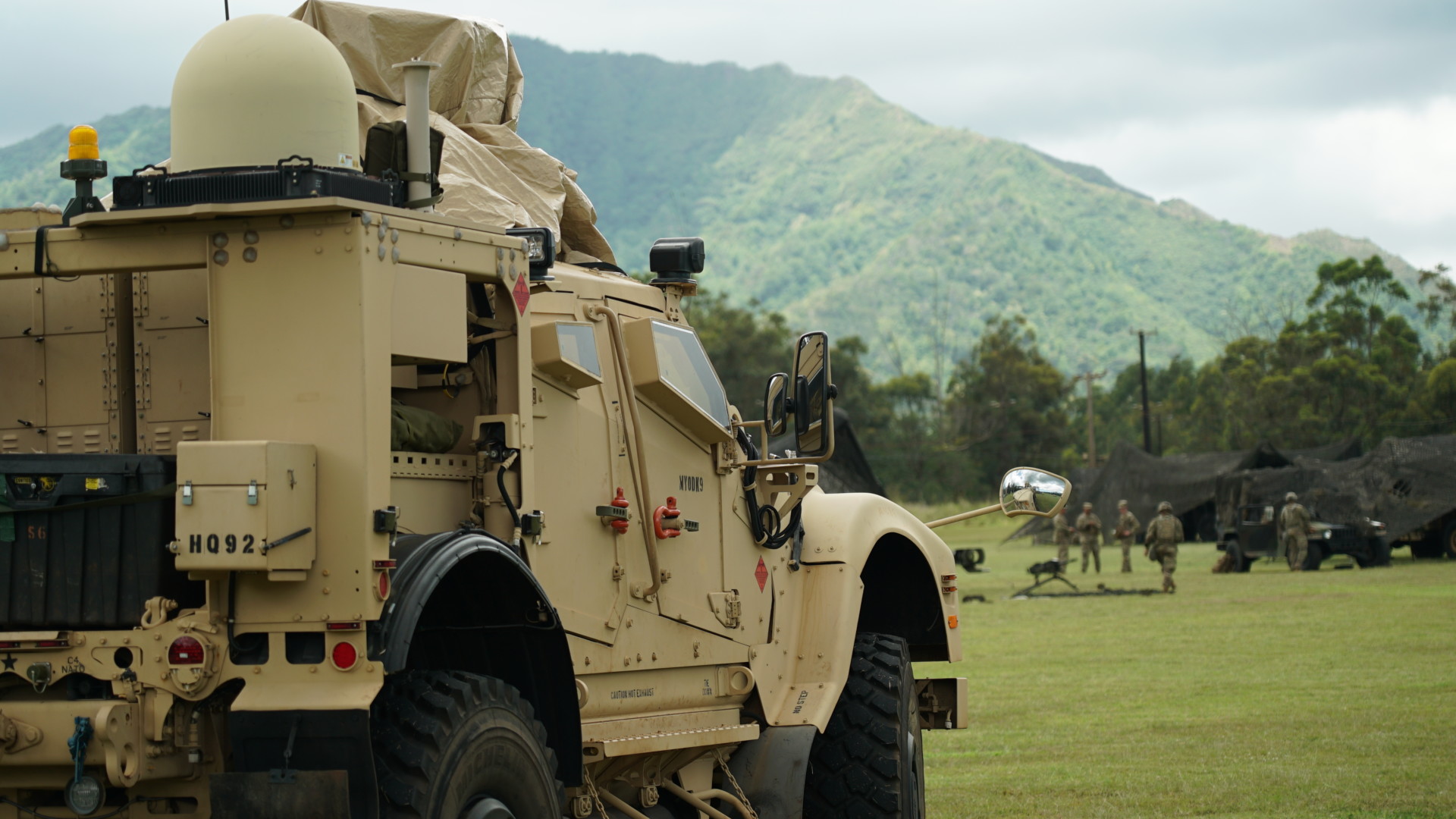U.S. military lands
CEMML awards bring in $100 million to preserve and conserve U.S. military lands story by Seré Williams published Oct. 29, 2020Colorado State University earned more than $400 million in research funding this fiscal year, and a quarter of that amount came through the Center for Environmental Management of Military Lands (CEMML, pronounced “sem-al”) within the Warner College of Natural Resources.
CEMML’s research is not like that in other academic settings – the investigators do not develop testable hypotheses or collect data to publish in peer-reviewed journals. Instead, they function more like an environmental compliance firm that partners with federal agencies to manage and protect military lands.
“We work in the interest of the public to advance environmental conservation and preservation,” said Reymundo “Tony” Chapa, executive director of CEMML.
With 15 principal investigators, 130 ongoing projects, and almost 700 members around the world, CEMML works on endangered species protection, watershed restoration, and archeological preservation.
A complementary collaboration

CEMML organizes biologists, archeologists, and ecologists to provide environmental surveys that the military is not equipped to manage.
“The military at heart is a military organization. So, it’s not going to make [somebody] a general who is a biologist,” explained Chapa. “They need somebody who can drive a tank or fly a plane.”
The Department of Defense, Army Corps of Engineers, and other military organizations work with CEMML to find people to do the conservation and restoration work required by environmental impact regulations.
“A base will come to us because of our reputation,” said Chapa. “It complements the CSU mission, the land-grant mission.”
CEMML was founded 30 years ago. A handful of other universities do similar work, but their awards total less than a tenth of those awarded to CEMML, making CSU the most prominent university and CEMML the primary resource for environmental surveys funded by the Department of Defense.
Funding from a different source, for a different purpose

Unlike academic grant funding, which supports projects that range from developing new technologies to understanding the biochemical properties of life, CEMML is awarded money to provide a service, and the pool of money they tap into is a few orders of magnitude larger than what typical academic projects receive.
“The money that we receive is somewhere between a grant and a contract. It’s not as rigid as a contract, and it’s not as autonomous, or free, as a grant,” said Chapa. “The Department of Defense says, ‘Well, I need to build an F-35 which is billions and billions of dollars, but they won’t let me do it until I do this one thing that costs $3 million? Give them $3 million. Let’s go.’”
CEMML’s total awards have doubled in just the last five years. Not only has funding increased, but projects have diversified. At the start, projects focused on natural resources, but they’ve expanded to work on cultural resources, environmental compliance, and climate change. Single CEMML projects can reach up to $120 million.
Wildland fire support
One of the many projects CEMML is working on is wildland fire support. CEMML was awarded $5.2 million this year to manage wildland fires on the 7 million acres owned by the U.S. Air Force.
Most military bases have firing ranges where munitions can easily start wildfires, but there are ecological reasons to mitigate fire danger, too. It could be habitat for wildlife or threatened and endangered species, or just a particularly fire-dependent ecology, according to William Sprouse, the principal investigator of the project.
Currently, 40 CSU staff support prescribed burns and mechanical fuels reduction.
The Air Force develops a management plan and Sprouse’s staff implements it. “These people are very passionate about the natural resources and making sure that the ecosystem is treated correctly,” he said.
Sprouse describes the people planning prescribed burns as masters of their craft. “What goes into that involves a lot of not only understanding what fire’s going to do, but what the ecosystem or the environment that you’re working in is, and how it’s going to react to fire and what the weather is going to do,” he explained.
Sprouse has been with CEMML since 1994. With a background in forestry and past experience with the Corps of Engineers, he was a clear fit to head up projects with the Air Force Wildland Fire Branch when it was developed in 2012.
Sprouse is also an on-call wildland firefighter with the Larimer County Sheriff’s Office Emergency Services division. Lately, when he’s not working for CEMML, he’s been digging firelines to contain and control fire by removing fuel and protect structures threatened by the Cameron Peak Fire.
“It’s kind of terrible that we have a history-making fire going on in our backyard,” Sprouse said.